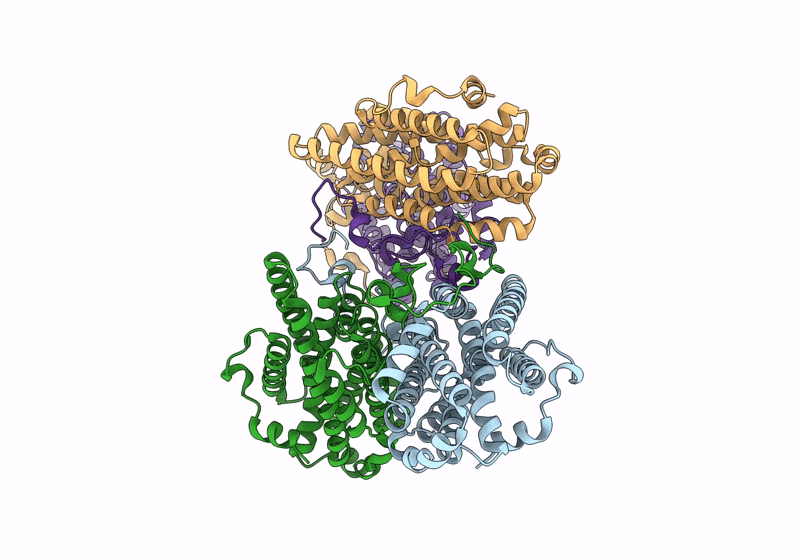
Deposition Date
2023-12-01
Release Date
2024-12-11
Last Version Date
2025-03-05
Entry Detail
PDB ID:
8RAG
Keywords:
Title:
Crystal structure of class Ie ribonucleotide reductase R2 subunit without Y150 modification from Gardnerella vaginalis
Biological Source:
Source Organism:
Gardnerella vaginalis ATCC 14019 (Taxon ID: 525284)
Host Organism:
Method Details:
Experimental Method:
Resolution:
1.90 Å
R-Value Free:
0.19
R-Value Work:
0.16
R-Value Observed:
0.16
Space Group:
P 31 2 1


